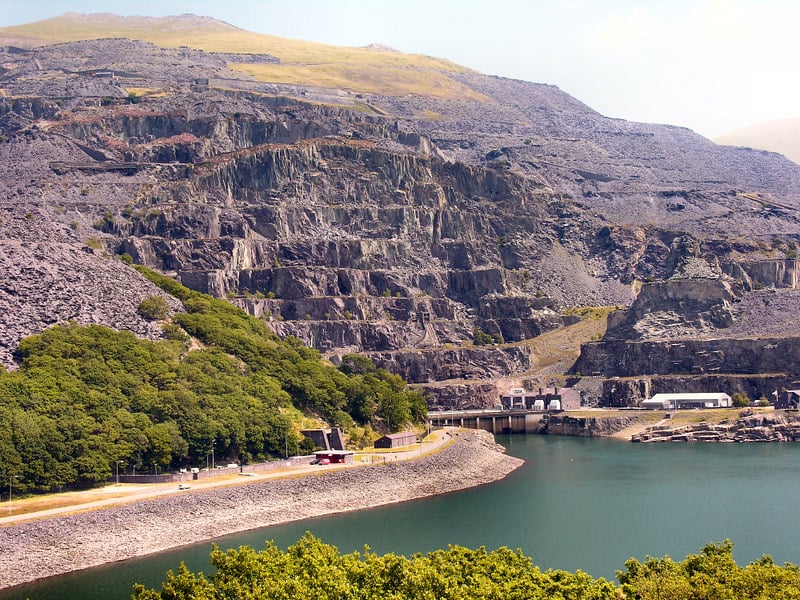
First Hydro Company (FHC), a joint venture (JV) 75%-owned by ENGIE, is preparing major refurbishments at the 1,728MW Dinorwig pumped hydro energy storage (PHES) facility.
It follows the recent completion of an eight-year-long refurbishment programme at the JV’s other pumped hydro asset, Ffestinog. French energy major ENGIE’s partner in FHC is 25% owner CDPQ, an investment group from Canada.
Dinorwig, in North Wales, was the UK’s most recently built PHES plant, opened by King Charles III, then Prince of Wales, in 1984. Its six reversible pump-turbines enable 288MW generation potential at full load over five hours.
FHC plans to replace and replant the full generation capacity of the plant, which would involve full replanting of the six pump-turbines and generator-motors at Dinorwig. It would also replace the plant’s main inlet valves,
However, the company is yet to take a final investment decision (FID) on whether to do a partial replanting instead.
ENGIE noted in an announcement that, owing to the need to keep the PHES asset in operation throughout, the complete refurbishment could take up to ten years. The company also said the combined investment cost of refurbishing FHC’s PHES assets would be up to £1 billion.
Legacy fleet could be joined by significant new projects
Pumped hydro plants enable the bulk storage of energy via two bodies of water, one at the top of a slope, the other at the bottom. Water is dropped from the higher reservoir to the lower one and passed through reversible turbines, generating power as the ‘water battery’ discharges.
The system is then recharged by pumping the water back up, a process which requires far less energy than is released when the PHES plant’s power is discharged.
PHES has lower round-trip efficiency (RTE) and slower response times than lithium-ion (Li-ion) battery storage. Nonetheless, it is an effective technology for providing flexibility to the electricity grid at relatively short notice and can also serve long-duration energy storage (LDES) applications.
However, it is difficult to site and construct new PHES facilities due to the specific topographical and land requirements and the large amount of civil engineering involved—while Dinorwig was opened over 40 years ago, Ffestinog is even older, having been in operation since 1963.
New pumped hydro sites are being developed in the UK and internationally, notably in India and Australia where new projects are currently under construction for the first time in decades.
The technology is also expected to be eligible to compete in the UK government’s ‘cap and floor’ revenue underwriting scheme for long-duration storage. The investment incentive scheme has become a topic of lively debate over its design, which lithium-ion battery storage asset owner-operators have said could create market distortions around the competitiveness of their technology.
Dinorwig and Ffestiniog represent 2.1GW of capacity, which ENGIE said is equivalent to 74% of the UK’s total installed base of pumped hydro today.
In April, the Scottish government approved plans for the Earba Pumped Storage Hydro (Earba PSH) scheme at Loch Earba in the Central Highlands. At 1.8GW with 40GWh storage capacity, it would be the largest PHES in the country when completed, although its developer, Gilkes Energy, has also recently submitted a 1.8GW/36GWh project it is developing in partnership with SSE for Scottish government approval.

